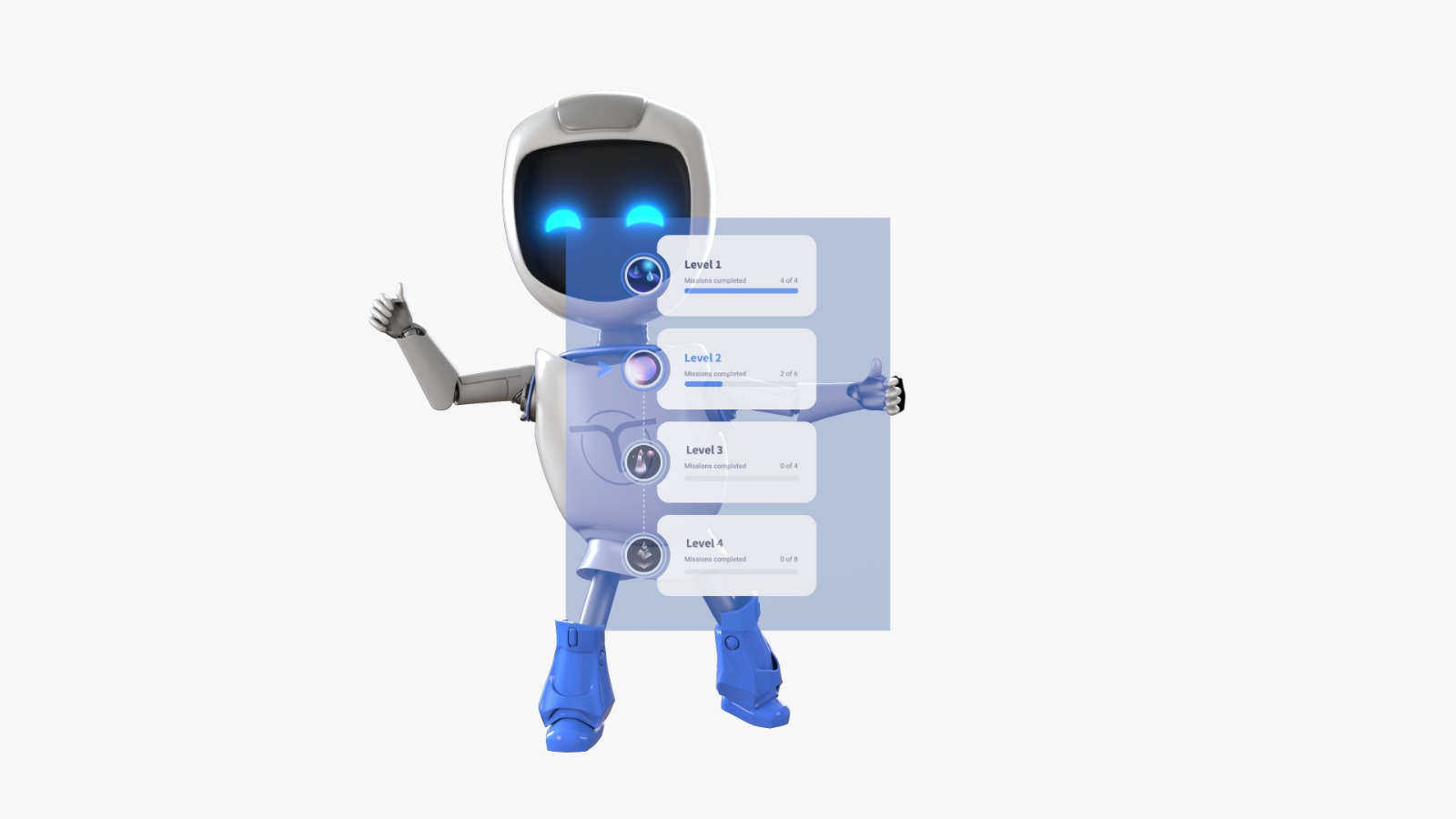High employee turnover rates are being recorded across North American and European markets, adding substantial costs to businesses in many sectors. This issue is here to stay, since it is primarily underpinned by structural, demographic factors.
Nowadays, employees are showing more willingness to change jobs than they used to. This can happen for career advancement and remuneration purposes, or simply due to the pursuit of a more positive working experience. In these circumstances, it is fundamental that companies can help their workers perform at their best and feel welcome from day one.
An excellent onboarding experience is more important than ever. This will not only boost employee experience, but it will ensure that you are able to get the most out of your employees, while you’ve still got them.
Table of Contents
Turnover is high and will likely stay high
According to the Chartered Institute of Personnel and Development, turnover rates are higher in areas where unemployment is lowest. There is a simple explanation for this: when demand outstrips supply, the cost of what is in demand rises. When there are jobs to be filled but not that many people in the workforce to fill them, employees have the upper hand. That means that they are more prone to switch to jobs, as they have a broader choice.
The post-pandemic unemployment levels have been at near historic lows for a while in both North American and European markets. At the same time, turnover rates remain very high, and people are changing jobs frequently. According to the Work Institute, voluntary US turnover rates more than doubled between 2011 and 2021. Even though the latest 2023 report indicates a slight decline in figures, the rates remain at historically high levels.
Among many causes, demographics are a core structural factor for this. European and North American societies are aging, and the working-age population is slowly shrinking. With demographic trends working against you, it is paramount that you can train your employees quickly. This will allow your business to get the most out of their skills and abilities before they decide to make a switch for other companies or even a different career altogether. In an age when the timespan spent by employees in a company is decreasing, it is essential that they are trained to make a difference from their first week in the role and bring their best contribution while they are still there.
Some sectors are especially hard hit – and exposed to higher costs
To make things worse, some industries are disproportionately affected by these trends. In leisure and hospitality, turnover rates stand at a staggering 82%, while in business services they are at 63%. Both industries require in their own ways extensive training of their workforce, making the importance of effective and high-quality onboarding even greater – and the cost of each voluntary turnover even bigger.
The price of employees leaving can be eye-watering across most industries. And it is likely higher in the ones relying on extensive training. Research from the Society of Human Resources Management indicates that it will cost a company six to nine months of an employee’s salary to identify and onboard a replacement.

It is paramount that employees are trained to hit the ground running
If your industry is affected by high turnover, it is absolutely essential that your employees hit the ground running as soon as they start and that they have adequate training allowing them to perform at top capacity.
A successful onboarding program would ensure that your new employees assimilate all the necessary information in the shortest possible time, while avoiding overwhelming them.
The positive effects of a good onboarding strategy are two-fold. Firstly, your company could get the most value from its employees before they might leave in the not-so-distant future. In industries with high employee turnover rates, it is only a matter of time until the revolving door will turn. It is simply too expensive to be in a position where employees reach their top productivity only months before leaving for a different organization. Onboarding needs to be optimized to ensure that they are in a position to perform well as soon as possible.
Secondly, it is known that high-quality training and onboarding significantly improves employee experience and can push down the turnover rate. By making your new joiners feel welcome, adequately trained and meaningfully involved in all the relevant work from the very first week, it is likely that their level of satisfaction will remain at high levels, and in turn reduce the overall turnover of your company.
This is backed by data. Research by Brandon Hall Group found that organizations with a strong onboarding process improve new hire retention by 82 percent and productivity by over 70 percent.
AI will help – but you also need a change in approach
Onboarding programs must deliver a full plate. This involves everything from company policies, procedures, and culture norms to specific job responsibilities, tools, and workflows in a way that is practical and centered on the day-to-day work.
Artificial intelligence can serve as a valuable ally in various tasks, enhancing the efficiency of content authoring, translations, contextualized suggestions, grading, and learning analytics. It provides substantial value by delivering results swiftly and effectively, optimizing the use of limited time and resources.
Furthermore, this technology facilitates continuous enhancement in content and delivery, surpassing previous levels of ease. Simultaneously, it seamlessly integrates features that foster collaboration among learners, encouraging interactions with corporate trainers and team leaders. This not only ensures the transfer of essential information but also evaluates comprehension while cultivating stronger bonds within the team. As a result, participants feel a greater sense of inclusion and readiness to embark on their roles within your organization.
Last but not least, a shift from big blocks of knowledge to bite-sized microlearning programs is also necessary to make the large quantities of information feel less overwhelming. New joiners need to quickly assimilate a lot of information related to many different topics. Breaking this down and structuring the knowledge base would facilitate a positive learning experience.
Time is of the essence
According to a study by ServiceNow, after the high levels on the first day, employee enthusiasm dips by around 22% after the first few weeks. It is not hard to imagine that these numbers are even larger in companies where the onboarding experience is especially poor.

It is a reality that nowadays, employees are more prone to switch jobs than in the past. Whether or not the causes of elevated employee turnover are related to the employee experience in a particular company, or to wider sector or labor market factors, it is essential that companies provide an excellent onboarding experience from day 1. Today’s employees need to be trained effectively and quickly – both because this could boost their job satisfaction levels, as well as to ensure that your company puts them in a position to perform at the top of their potential before they decide to switch – whether sooner or later.
A combination of AI-generated programs and a microlearning-centric approach can offer the magical solution that can crack this problem. Training programs need to be concise, bite-sized, and hyper relevant. This can ensure that all relevant information is passed on and that the new employees receive it in full focus. Beyond these, the social, interactive aspects of some new microlearning platforms can have a two-fold positive effect, by allowing new joiners to both learn from the rest of the participants as well as build bonds with each other and foster a sense of community that is so essential for positive employee experience.





